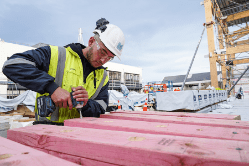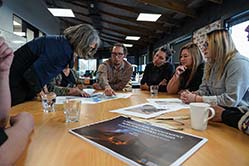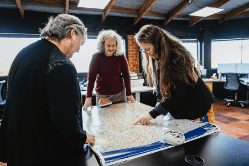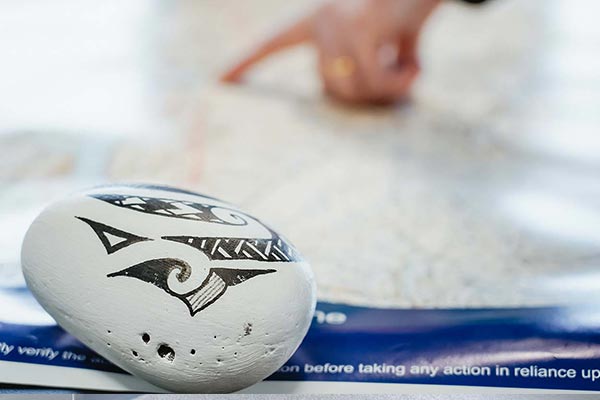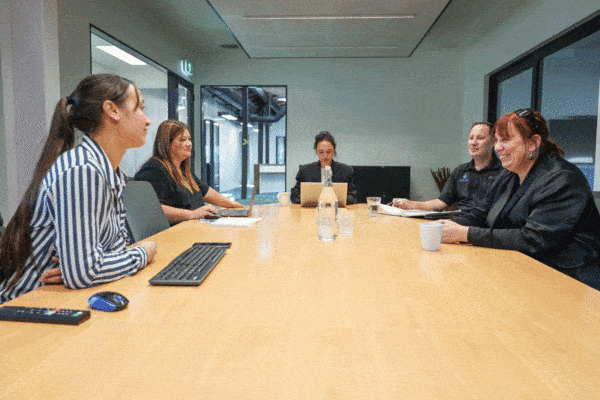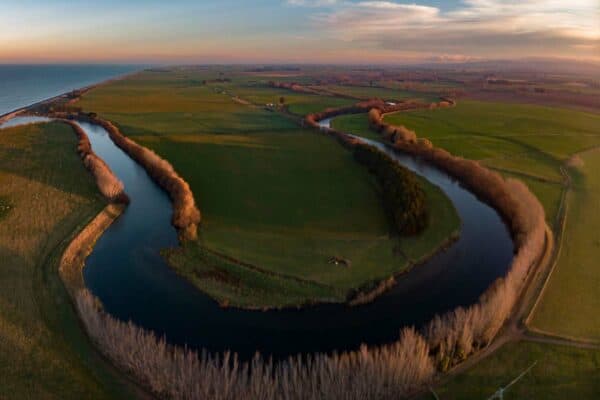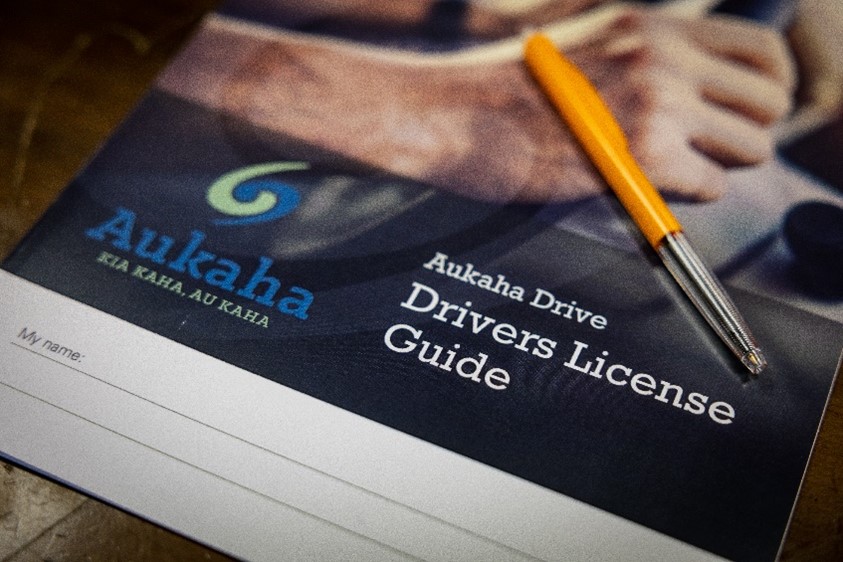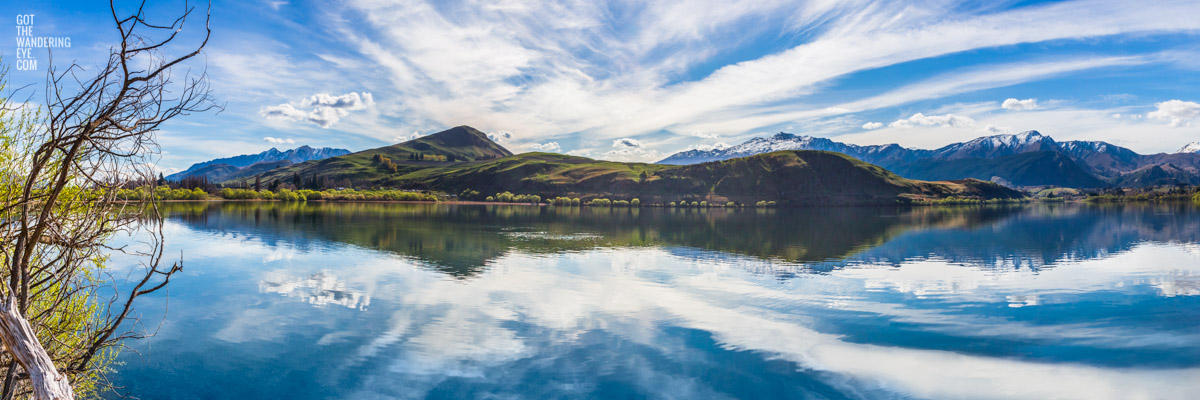Te Ara o Kōpūwai – The Pathway of Kōpūwai
An intriguing mana whenua narrative of Kōpūwai, a giant tipua (ogre) with a pack of two-headed dogs, now overlooks the Ida Valley in the form of a tohu whenua (land marker), thanks to a partnership between mana whenua ki Āraiteuru and Transpower.
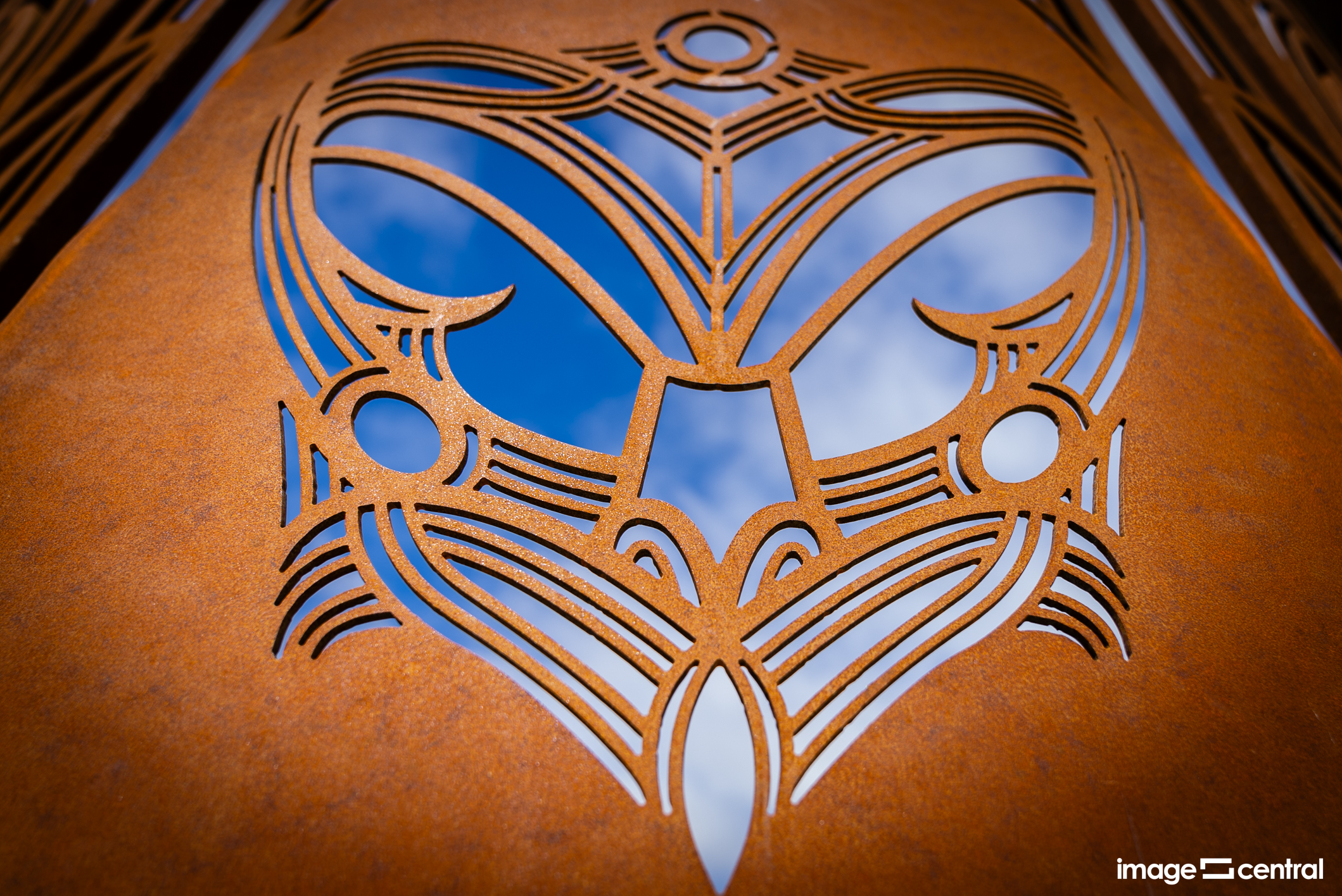
December 2023
The steel framed tohu whenua was blessed by mana whenua from Kāti Huirapa Rūnaka ki Puketeraki and Te Rūnanga o Ōtākou, who have shared interests in the Central Otago takiwā (territory) along with Te Rūnanga o Moeraki.
Aukaha, charged by mana whenua, was approached by Transpower with an opportunity to contribute a mana whenua narrative into the Central Otago landscape, where it was upgrading its electricity transmission line.
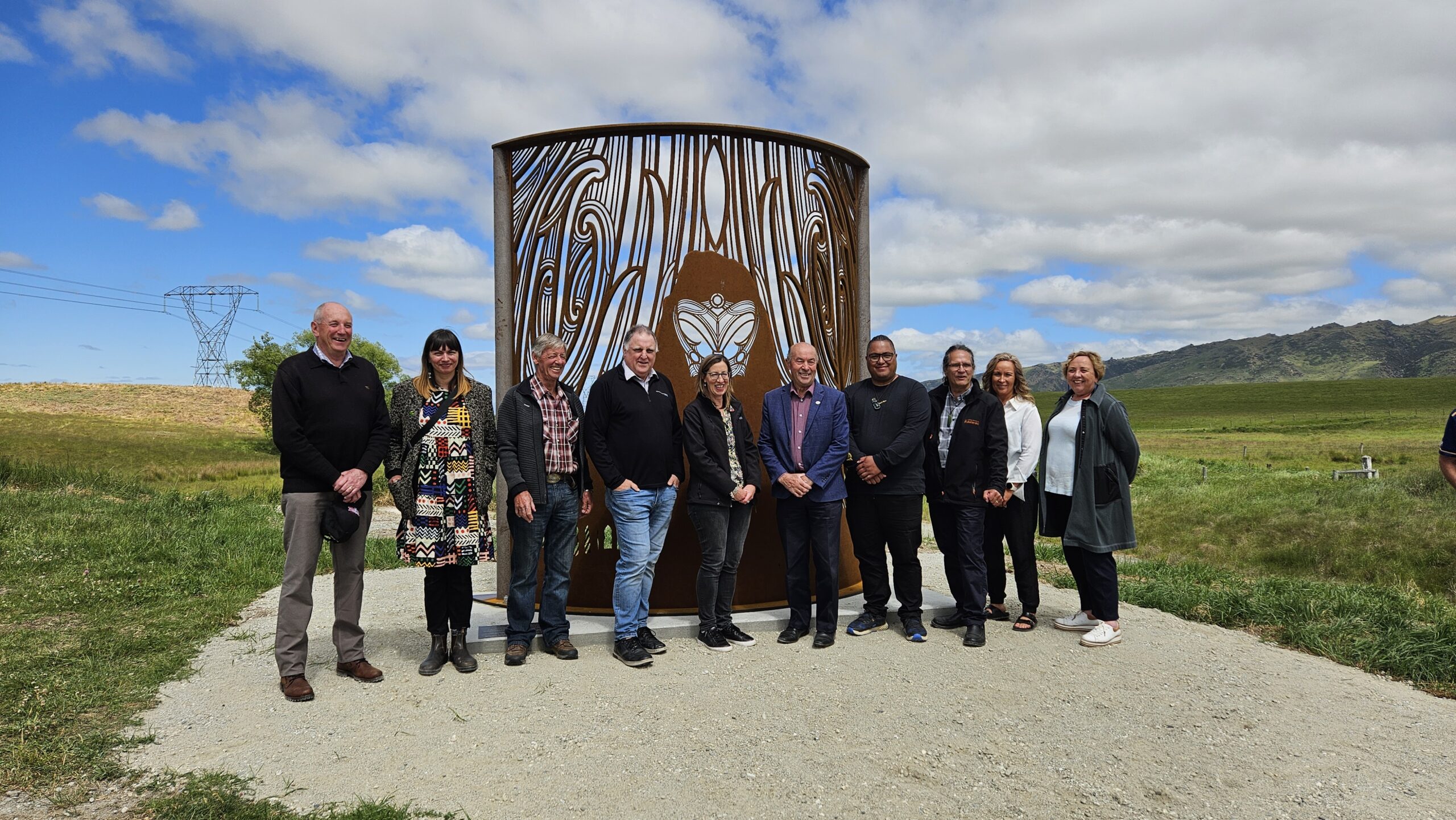
Aukaha Chair, and Upoko of Te Rūnanga o Ōtākou, Edward Ellison says the tohu whenua is a visual representation of mana whenua’s enduring connection to the Central Otago takiwā.
“This is a visual embodiment of one our pūrākau (stories) that has been handed down through the generations. It reminds us, and future generations, of our long-standing connection and relationship to this area and where we come from, and contributes to our collective identity for Māori and Pākehā alike,” he says.
“Today we can see and touch the pūrākau of our tīpuna (ancestors) physically embedded in the whenua. It’s a great outcome for all the entities involved – mana whenua, Aukaha, Transpower, Department of Conservation, and the Otago Central Rail Trail Trust.
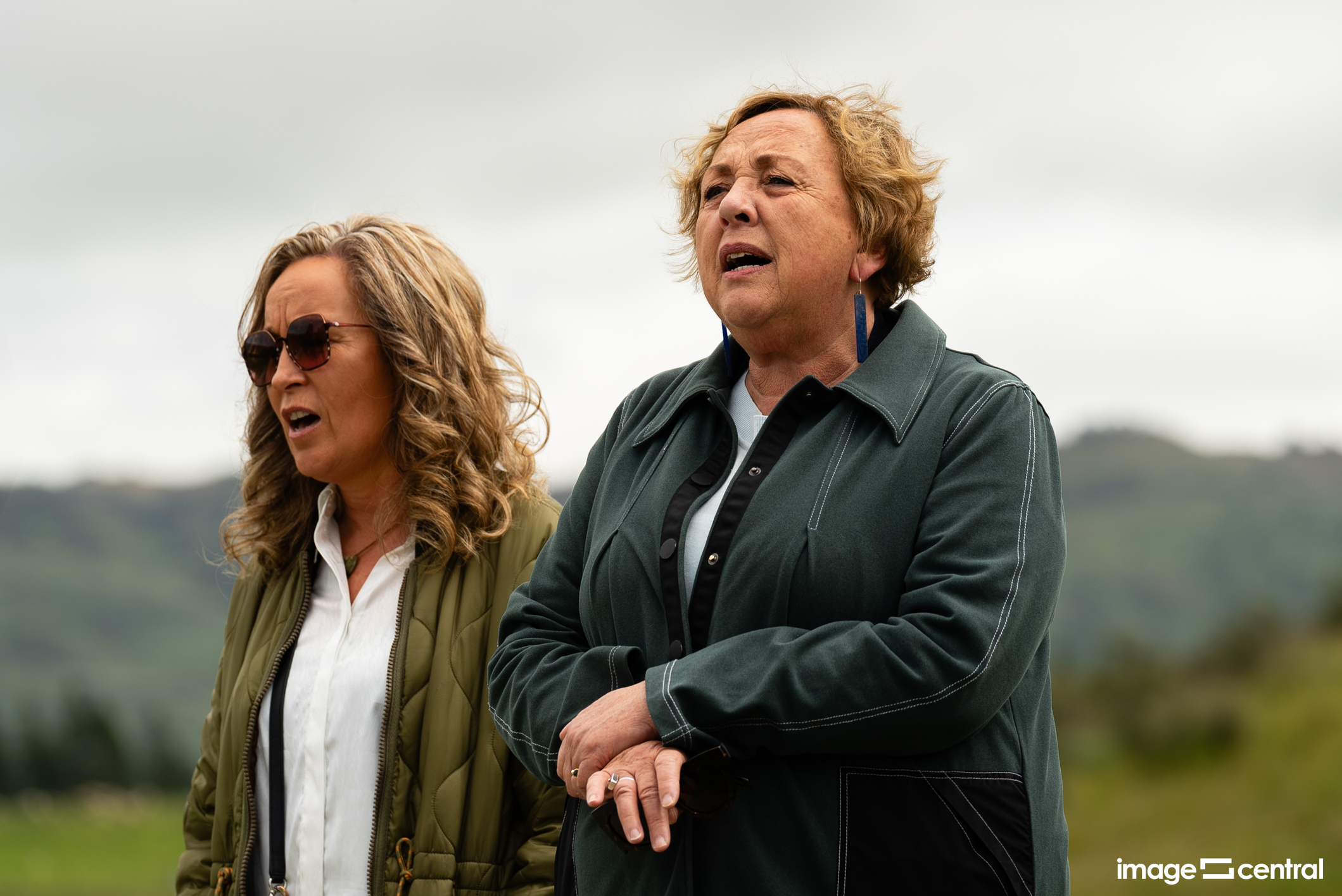
“This is a visual embodiment of one our pūrākau (stories) that has been handed down through the generations. It reminds us, and future generations, of our long-standing connection and relationship to this area and where we come from, and contributes to our collective identity for Māori and Pākehā alike."
– Edward Ellison, Chair, Aukaha
Kōpūwai was a kaitiaki, or poutiriao (spiritual guardian) who roamed the region from the Manuherekia catchment, down the Mata-au (Clutha River) and surrounding hills of Central Otago and the Maniatoto.
He is referred to as the “great water swallower” because he swallowed up the entire Mata-au looking for Kaiamio, a young woman he took as a prisoner from the Kaitangata area.
Aukaha contracted artist Ephraim Russell, whose whānau whakapapa to Kāi Tahu ki Ōtākou, as well as Ngāti Kahungunu, Rongomaiwahine, Rongowhakaata, Te Aitanga-a-Mahaki, Ngāi Tāmanuhiri and Rangitāne ki Tamaki Nui ā Rua.

“It was an honour to put the narrative of Kōpūwai into a design that would sit on this whenua and remind visitors and mana whenua alike of the stories of this place,” Ephraim says.
“Seeing our stories in the form of whakairo etched into our landscape is an important reminder of our incredible and unique history. These are invaluable world views, and it has been my absolute privilege to play a part in bringing these world views and narratives to the fore for generations to come to learn about.”
The 3.6 metre structure of corten steel weighing 2 tonnes sits between Transpower’s Roxburgh to Livingstone powerline and the Otago Rail Trail.
Transpower Project Director Roy Noble says the tohu whenua is a great representation of the long-term relationship between Transpower and mana whenua.
“It was an honour to partner with mana whenua to commission and install the tohu whenua here, near our newly upgraded high-voltage electricity lines, to tell these stories.”
“We’re really proud of this mahi.”
The heart of the artwork proudly displays Kōpūwai alongside his loyal pack of two-headed dogs while kōwhaiwhai patterns adorn the background, representing the warm winds originating from the northwest.
Flowing alongside, the central vertical design signifies the Mata-au (Clutha River), a crucial element in Kōpūwai’s transformative journey.

Media Contact
Dani McDonald
dani@aukaha.co.nz
